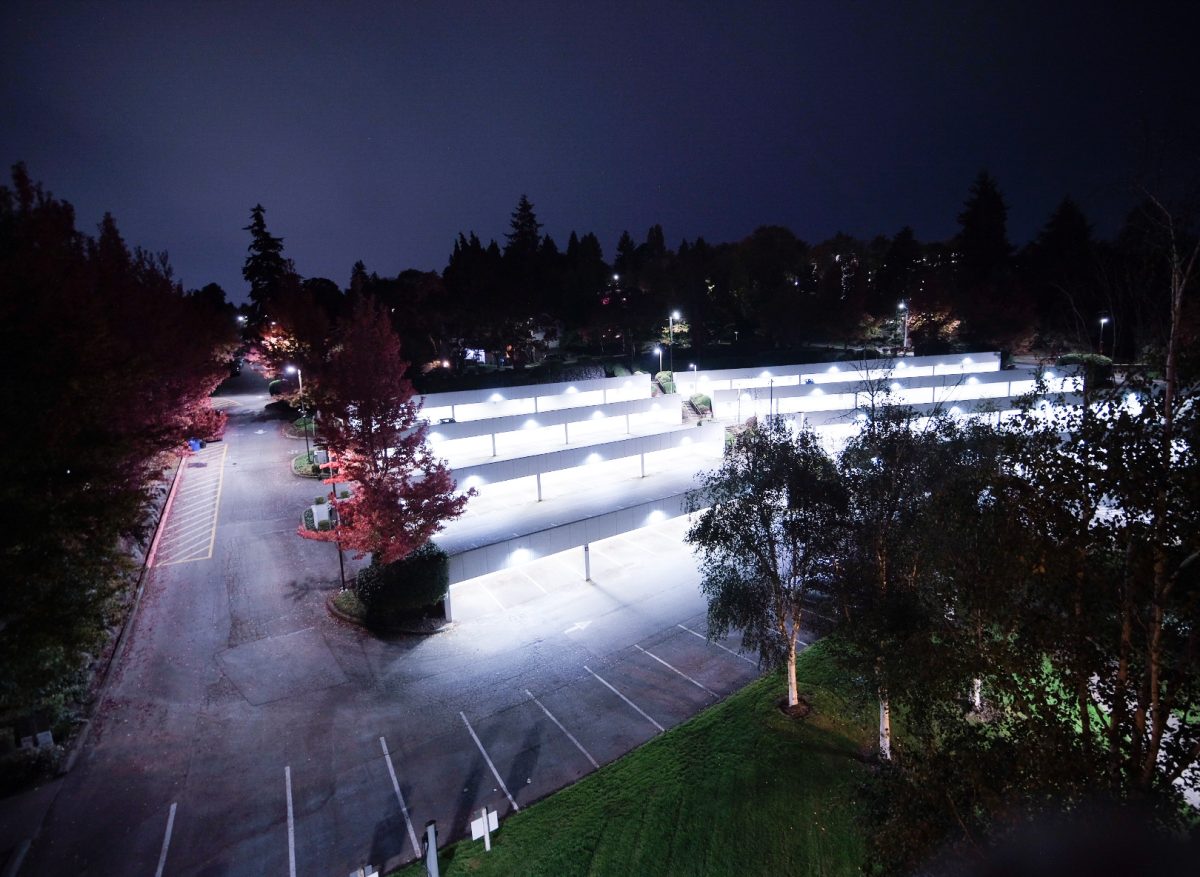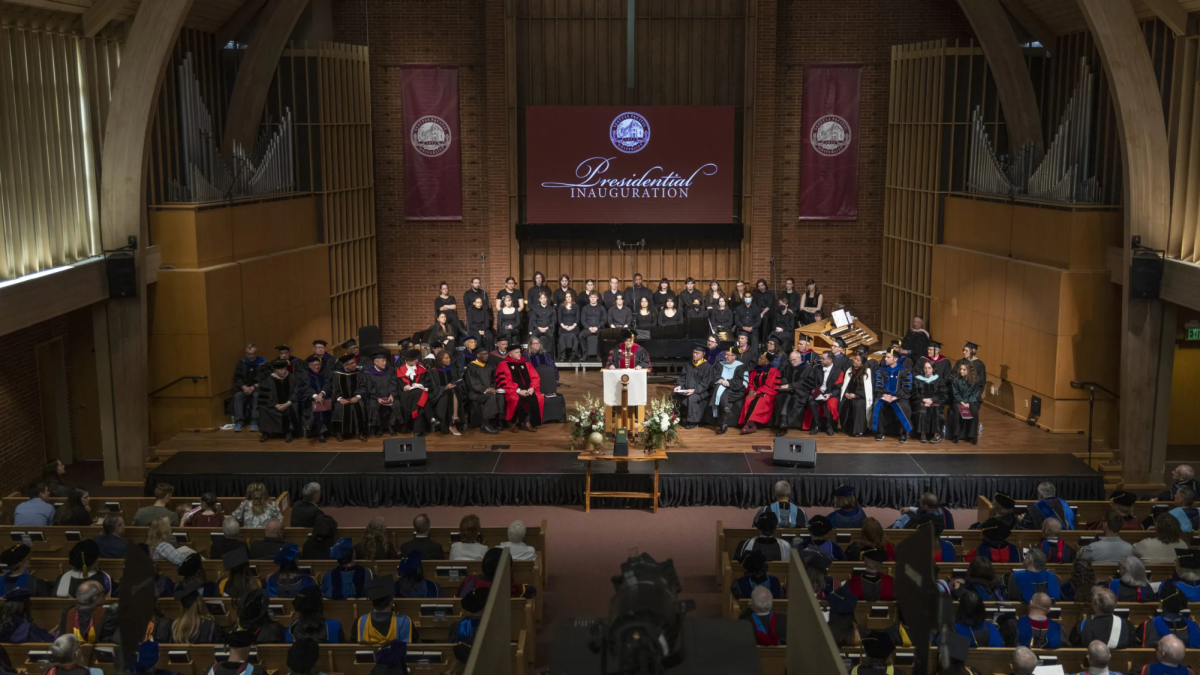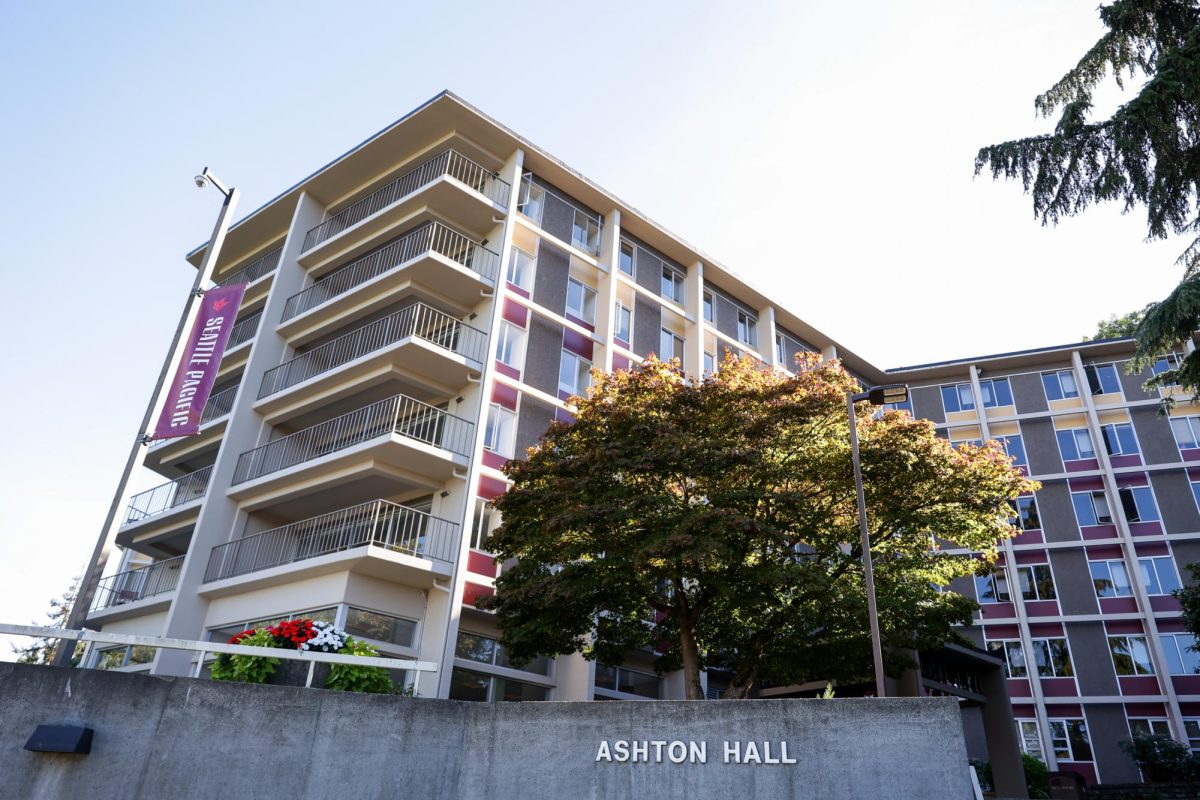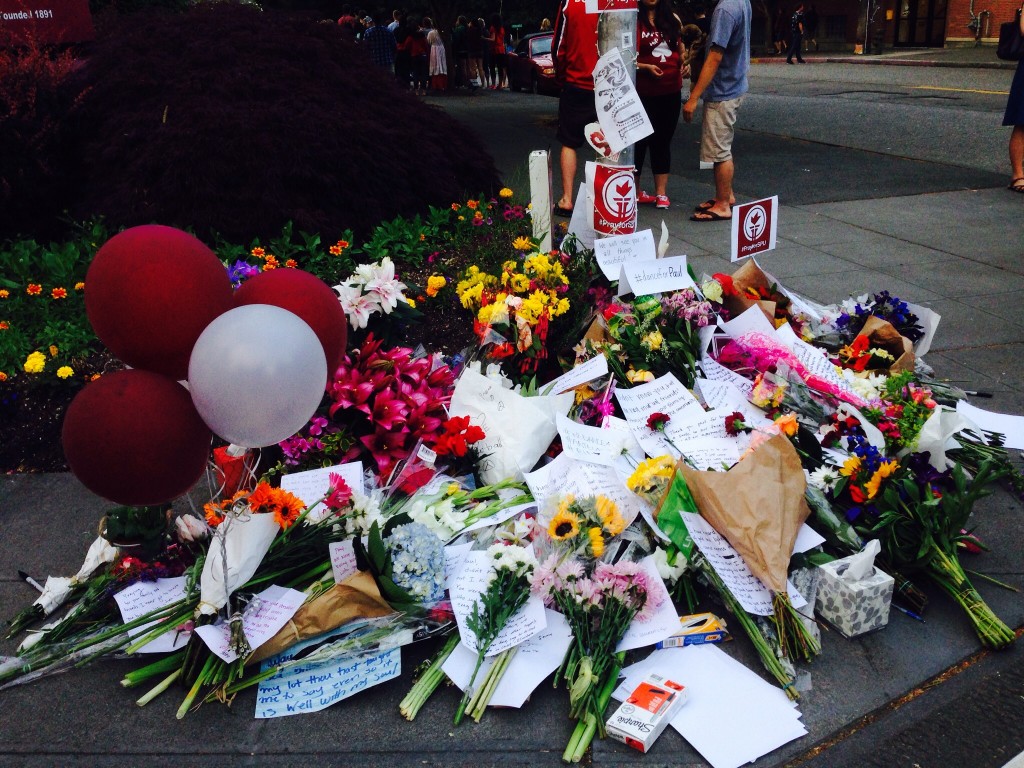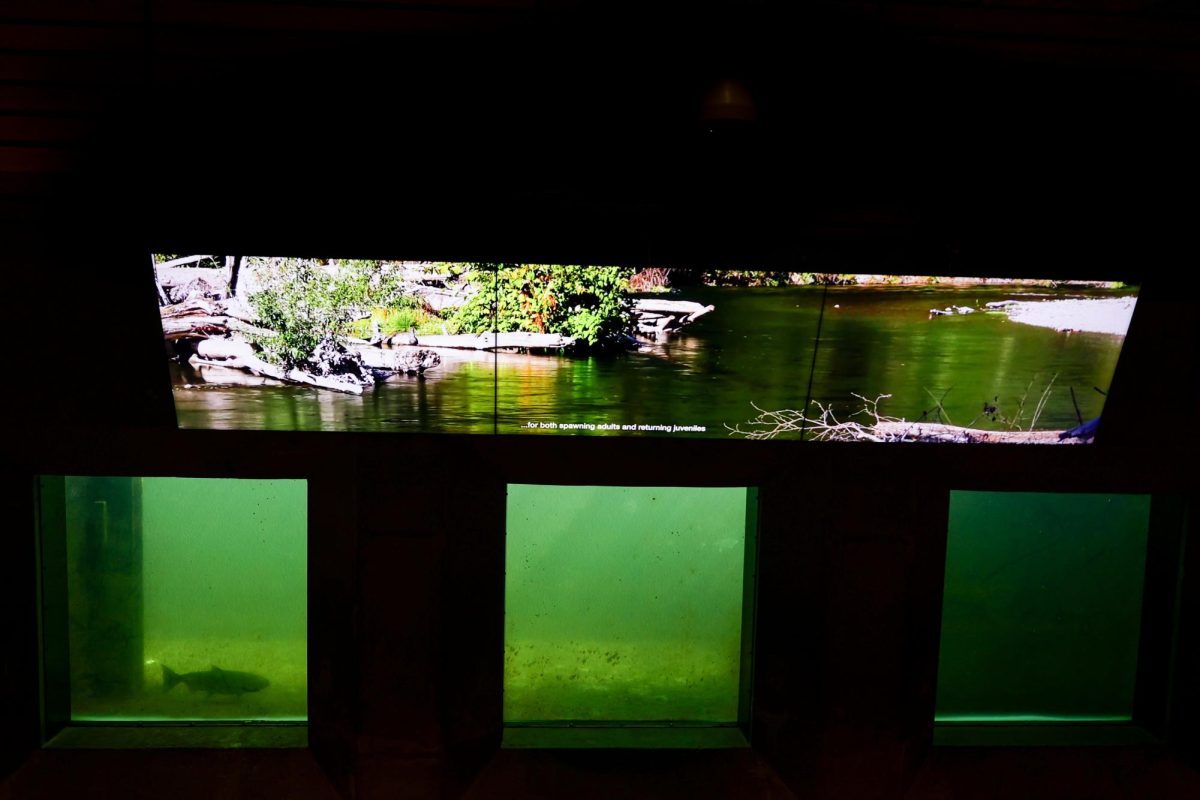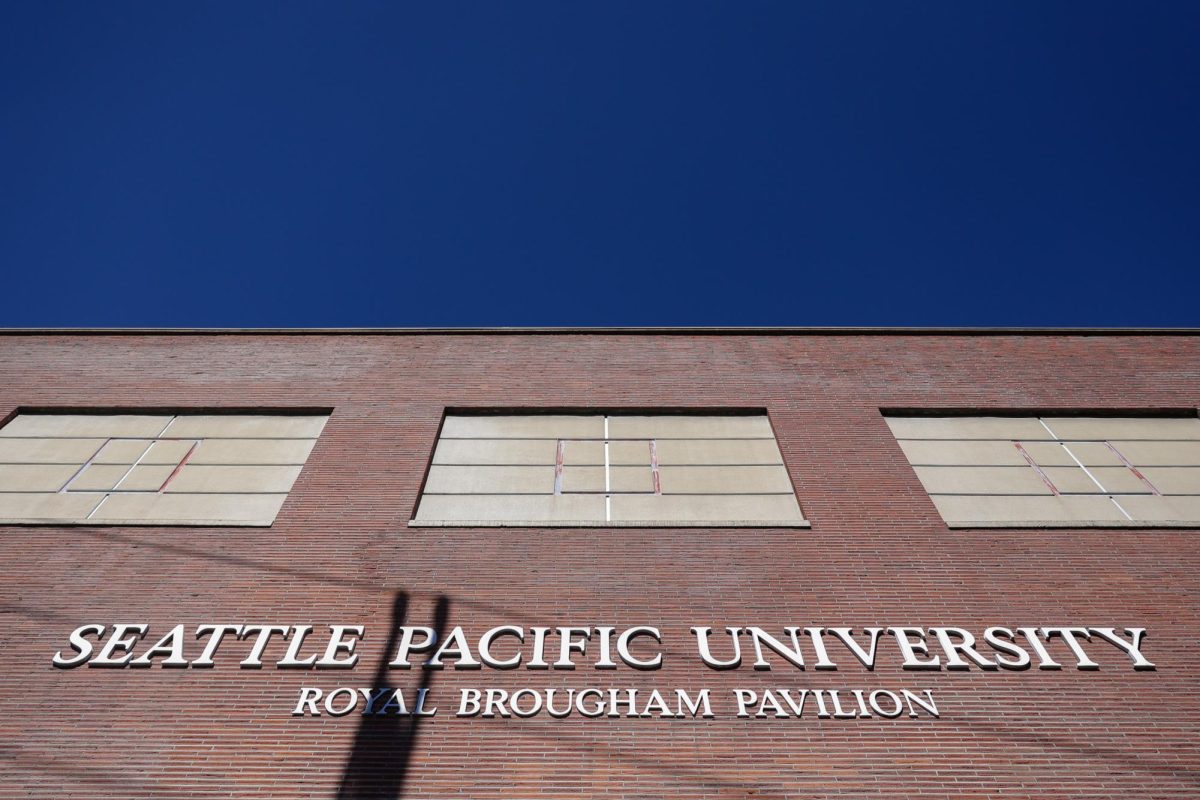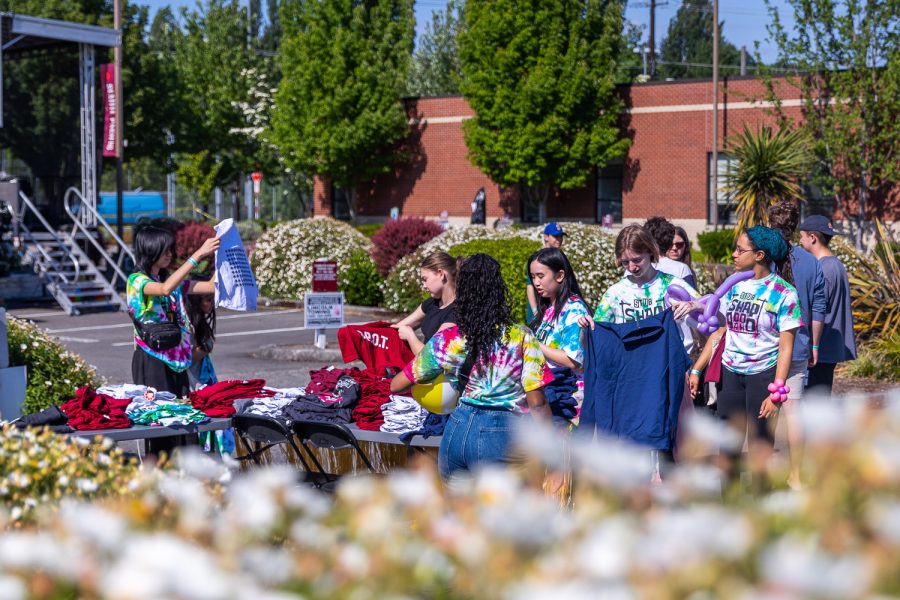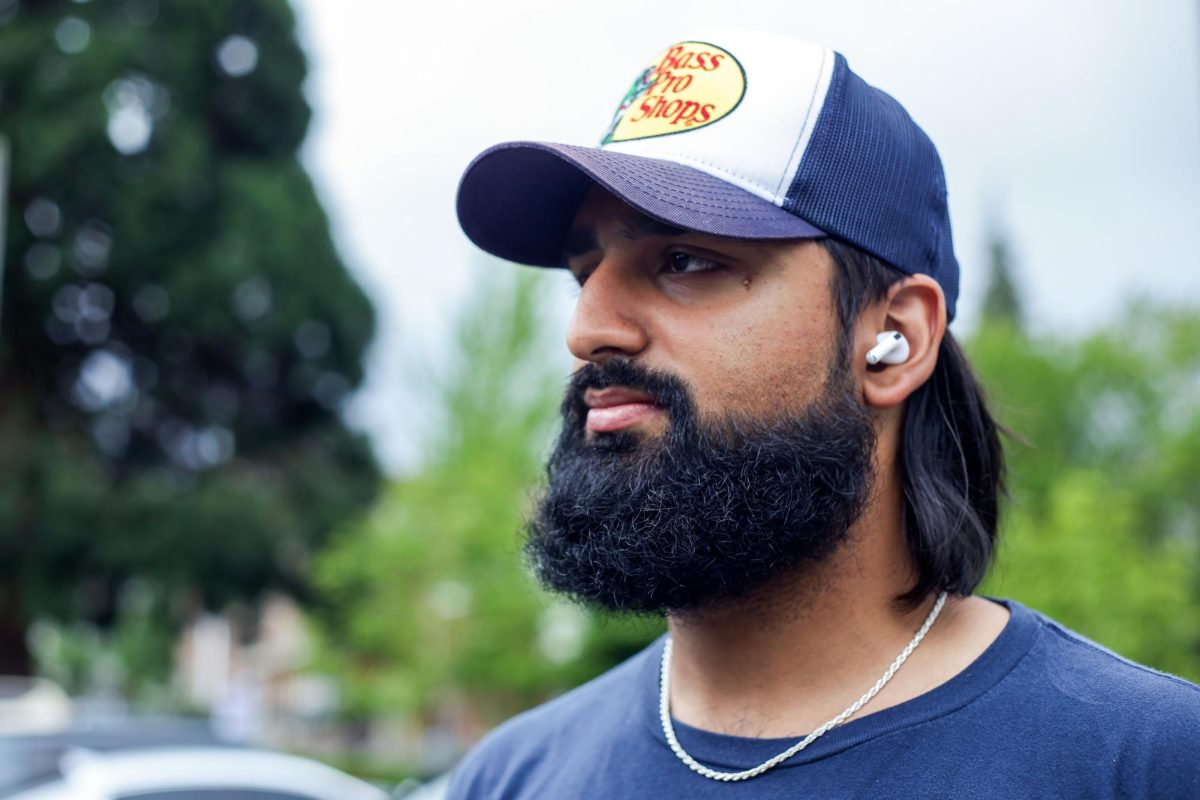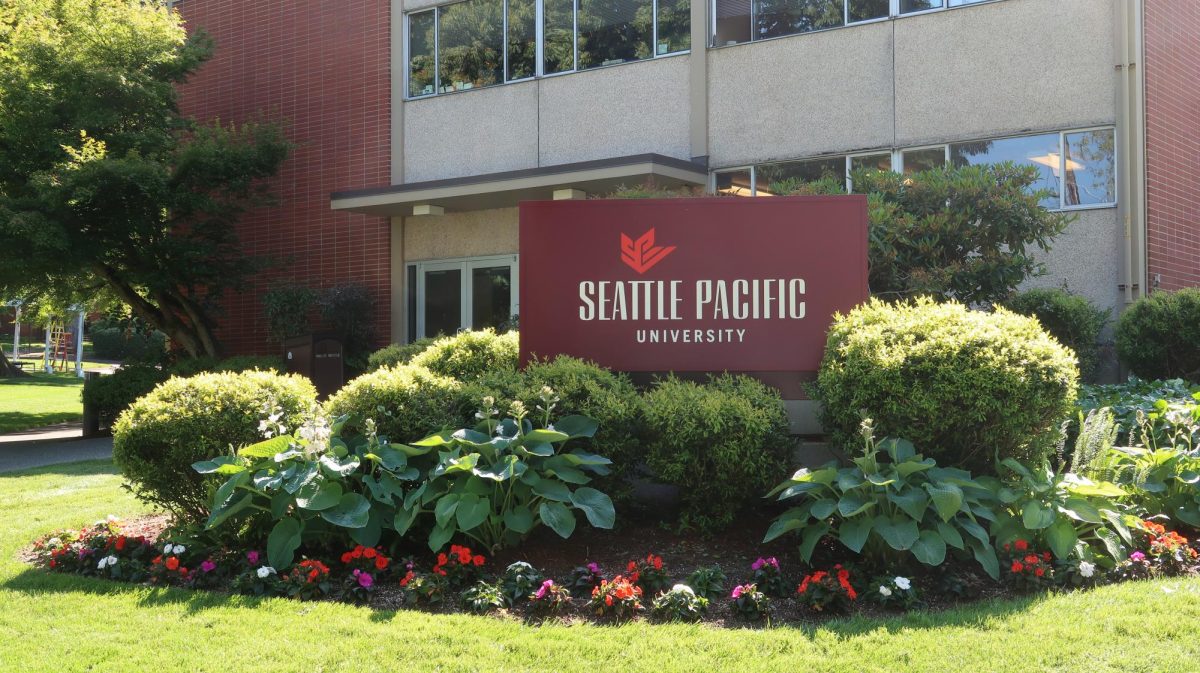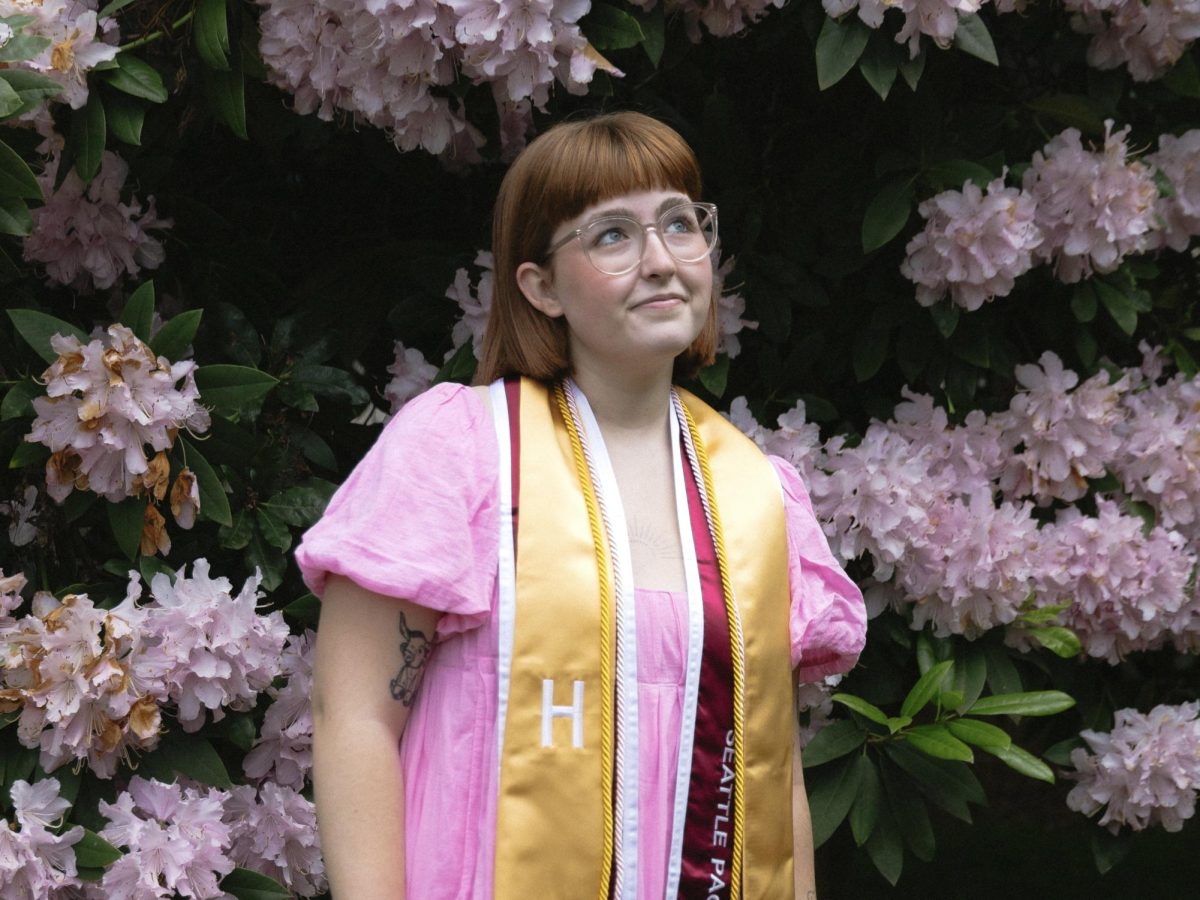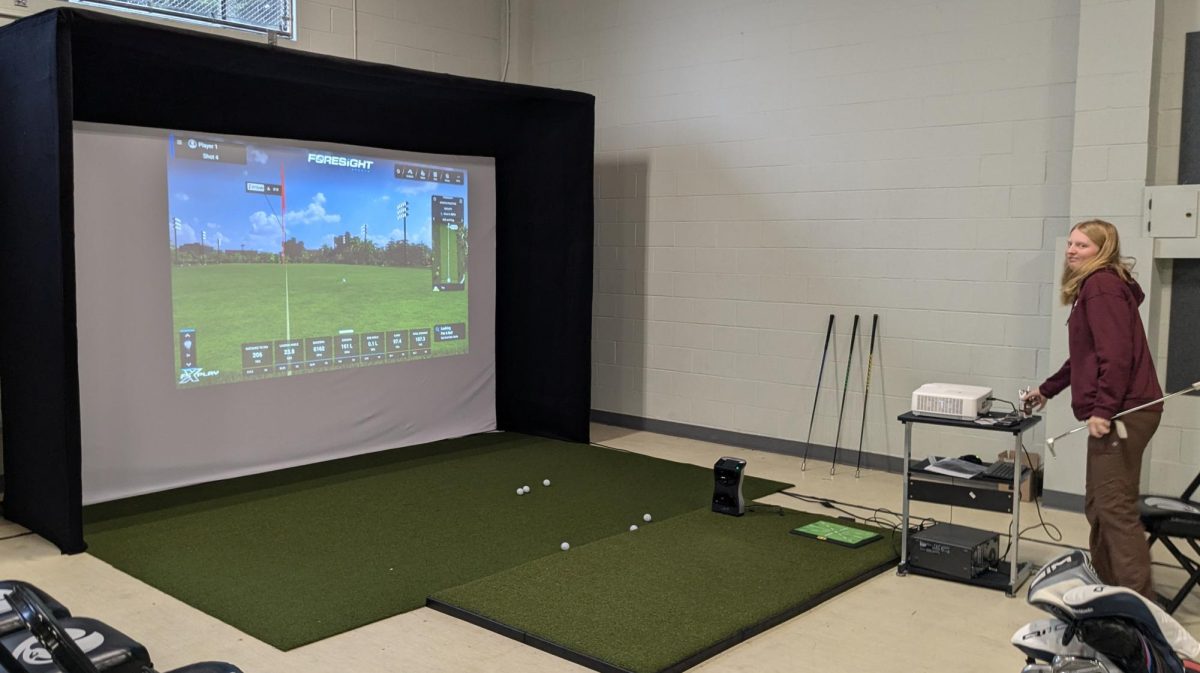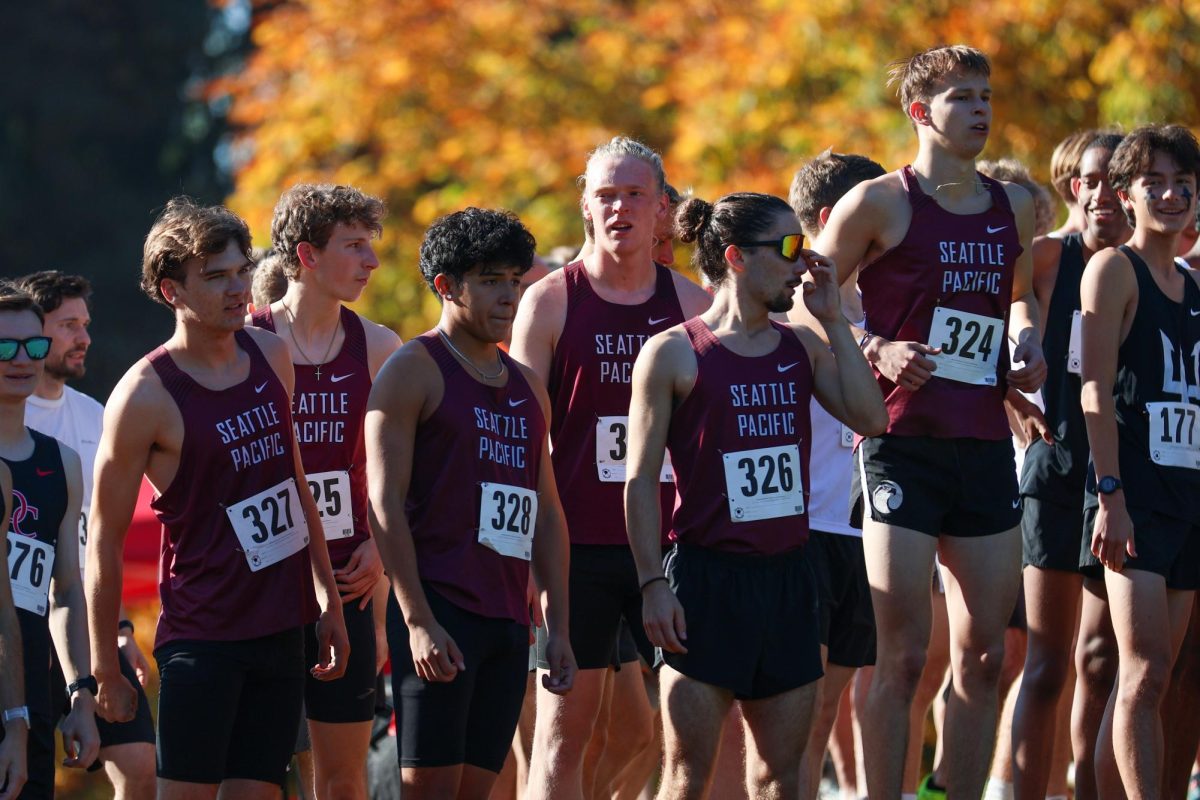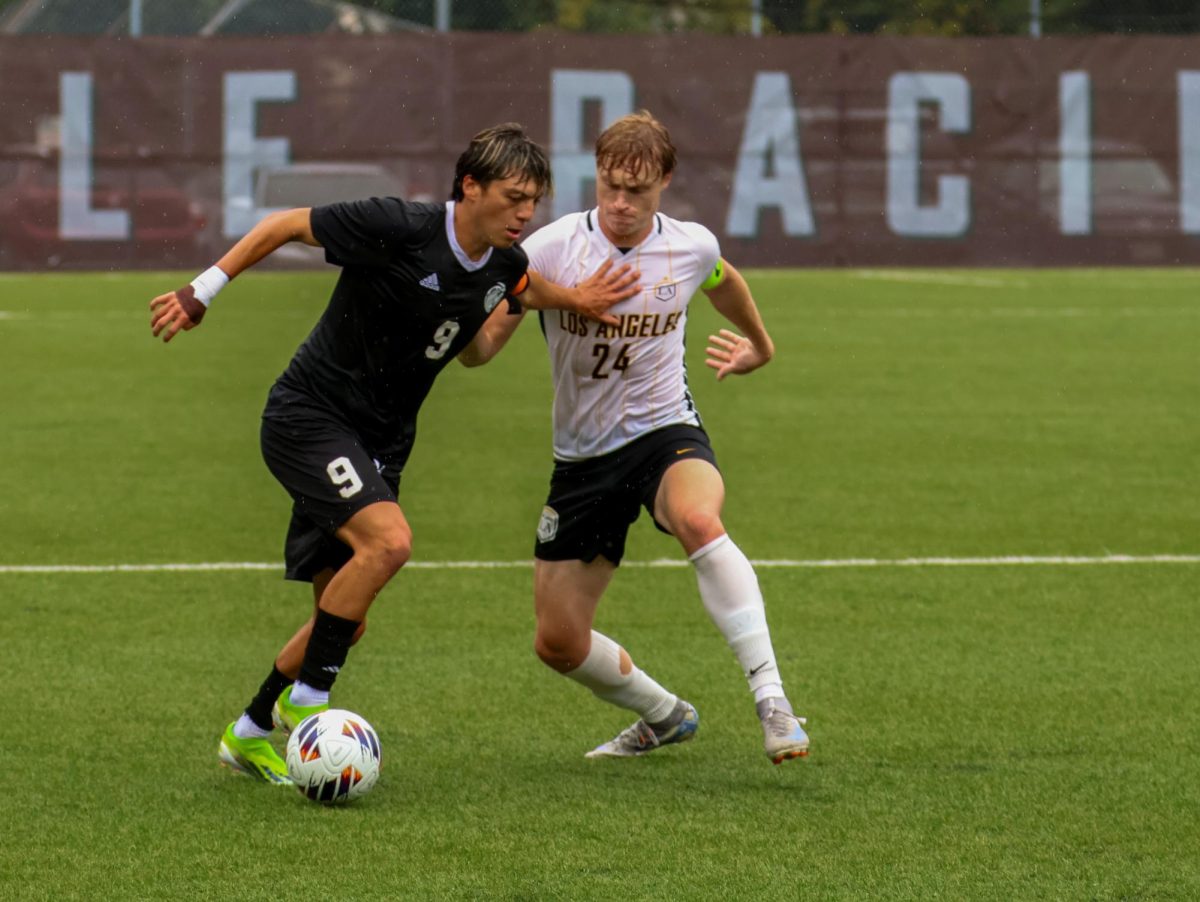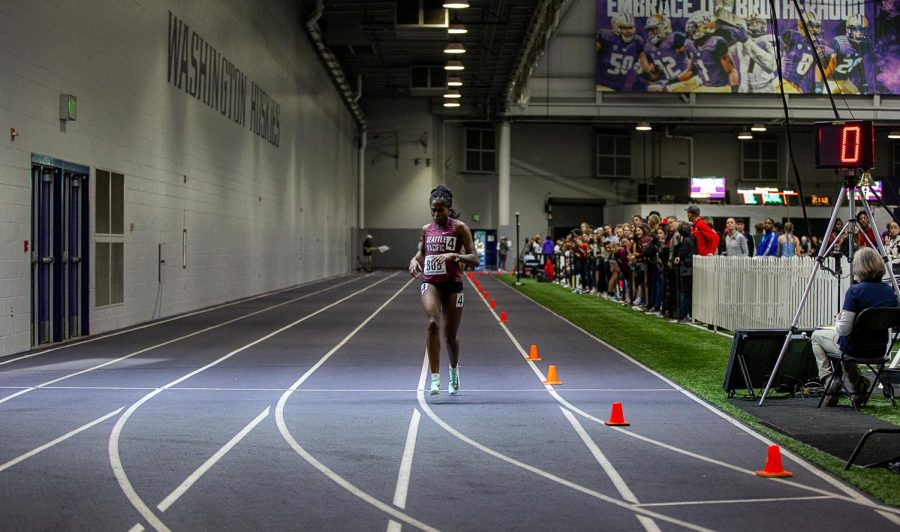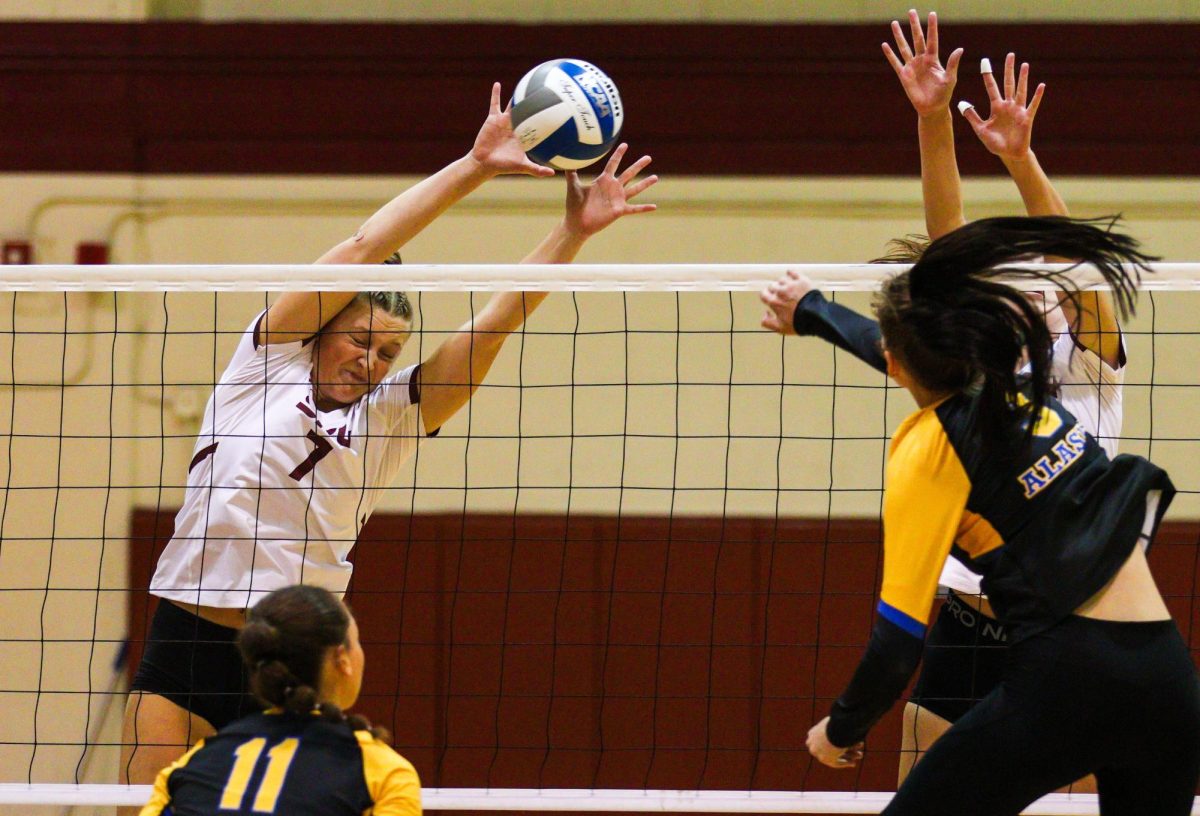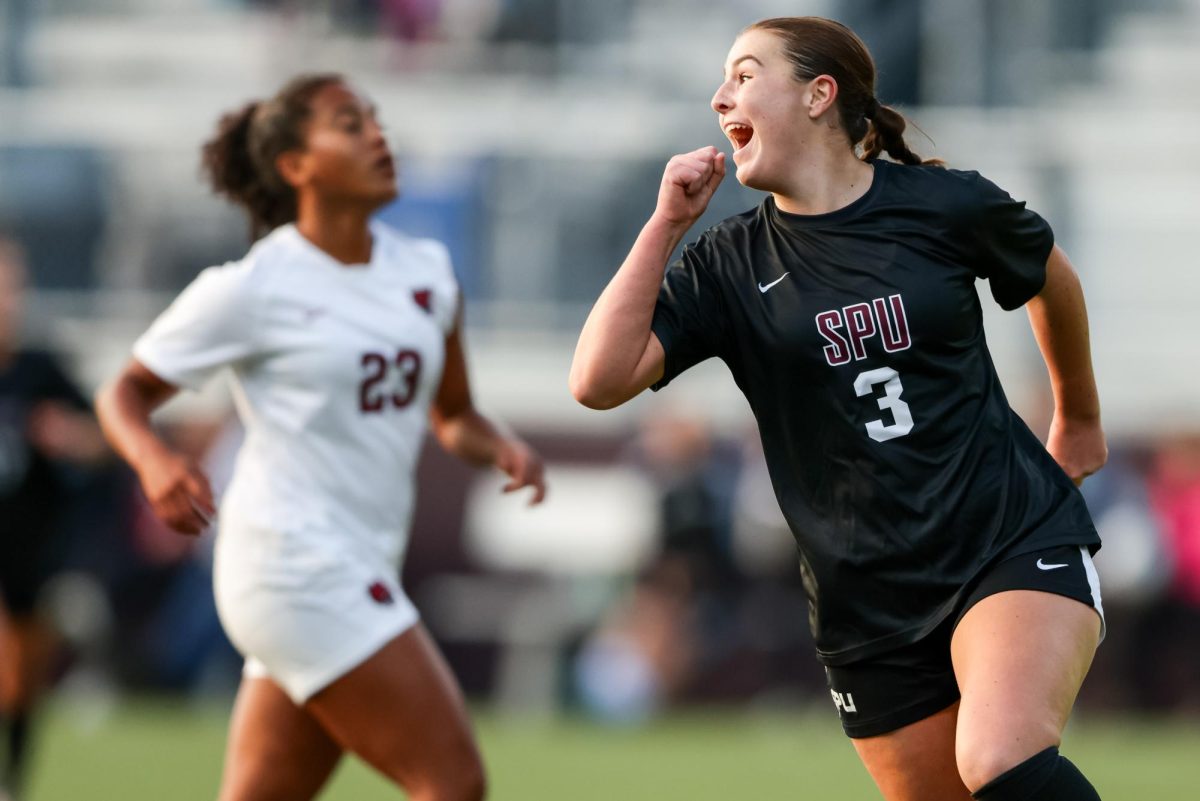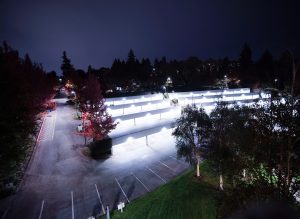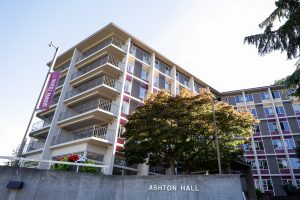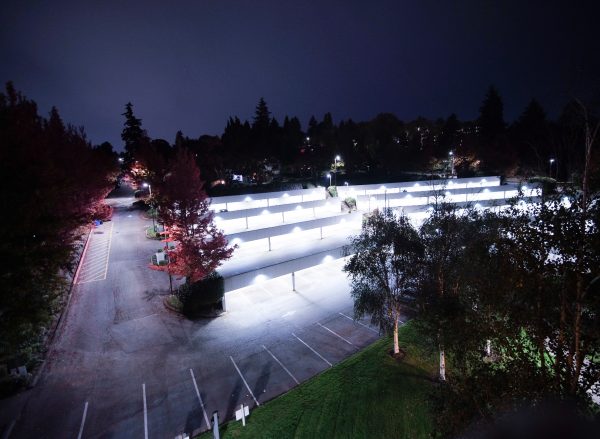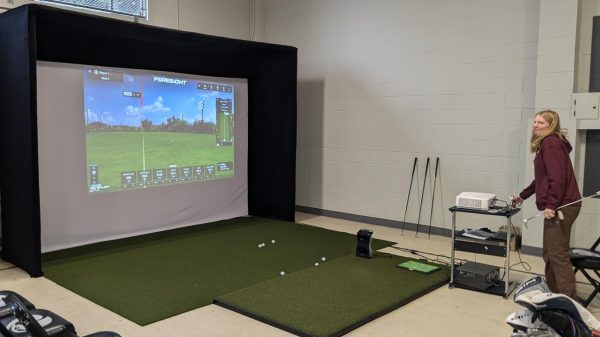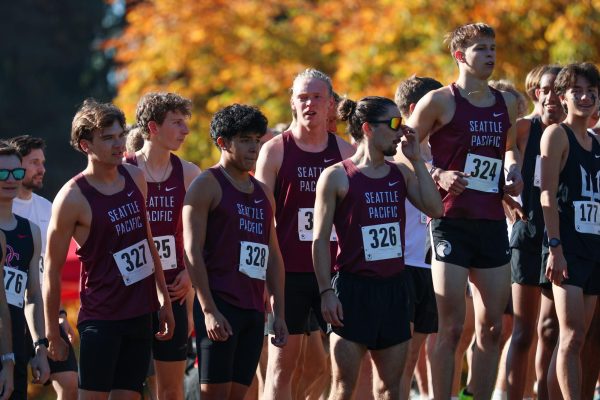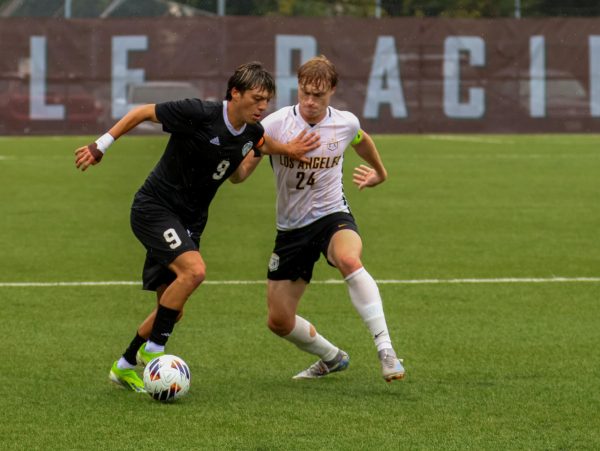SPU’s living history
How SPU invests in preserving its historical trees
May 19, 2021
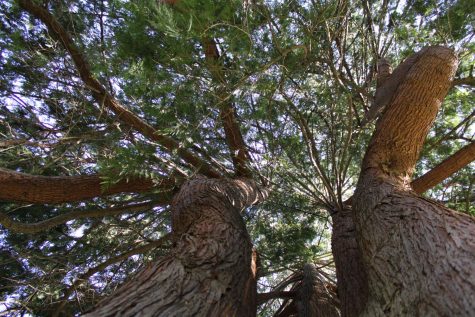
Large beautiful trees in Tiffany Loop tower above the people that walk under them every day. Some of the trees date back to the founding of SPU and are a symbol of the history of the University, all while adding beauty to the campus.
“There’s plenty of campuses where you can’t grow many trees, but anywhere you can they’re generally kind of a revered part of an institutional history, for the reason that they outlast everybody,” said principal arborist Scott Baker.
It has been 130 years since SPU’s first buildings were built and first trees planted.
Baker said that in the 1940s there were very few trees in Seattle, but since then the number of trees in the city has grown at an exponential rate. SPU’s age means some of the University’s trees hold historical importance in the city.
“A lot of them are the largest in the city, some may be the largest in the state,” Baker said.
SPU has poured a lot of money into maintaining these large trees. They represent the history and community at SPU.
“[The trees] create a sense of community and beauty,” Baker said. “I think Seattle Pacific knows this and they show it by the way they are willing to spend money taking care of the campus and are willing to hire people like me who tell them stuff [about how to best maintain the trees].”
People in the surrounding neighborhoods regularly come to campus to see the trees and Baker said there is interest in some areas of the SPU community to turn the campus into an arboretum. To do so, Baker said, SPU should continue to plant interesting trees.
According to Baker, the large bolleana poplar at the center of Tiffany Loop is being pruned to reduce the risk of branches falling and to extend the life of the tree.
The large trees along the street in front of Tiffany Loop have had their lower branches taken off but they have to continue to be trimmed back because sometimes they hit trucks driving on the road.
The two large elm trees in Tiffany Loop behind the SUB are where many graduates take graduation photos. Every year the growth on the trunk is cut back, which results in the gnarled bumps on the trunk that Baker believes adds to the beauty of the tree.
The pine trees at the front of Emerson were also pruned but for safety, rather than aesthetic, reasons.
“To have human use here and a tree we had to raise the lower branches up,” Baker said. “If we just left things as they were you just never know what’s going to happen. Somebody would get mugged over there and the tree would be cut down. This way it is open. The campus security, they want to be able to cruise along and see.”
When a new building is constructed, some trees may be cut down and some new ones may be planted. Construction of a new building also requires compacting the soil which influences the ability of plants to grow in that area.
Baker has a long-term view in mind when it comes to caring for the trees and the construction of new buildings.
“When I walk around here, all I see is I want to plant a tree,” Baker said. “We’re making what will be historic in a 100 years because I expect the University to be here in 100 years. I know it could be so that all these trees are here in 100 years.”

